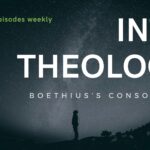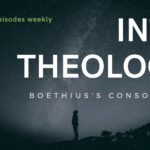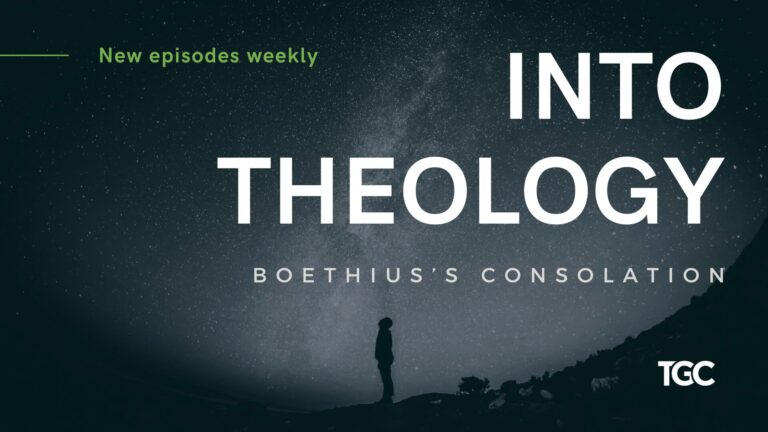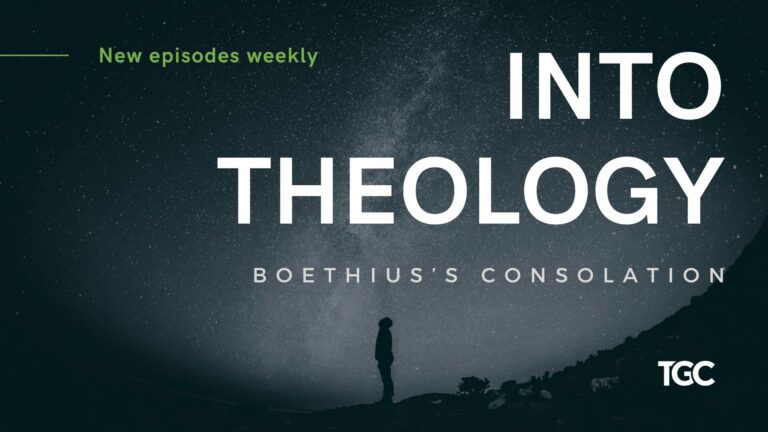When God reveals his name to Moses, he does so by saying, “I am who I am” (Exod 3:14). I-am-who-I-am then says, “This is my name forever, and thus I am to be remembered throughout all generations” (Exod 3:15). What could this name mean?
Christian interpreters often affirm that the name indicates God’s aseity: he is the Being that exists in-himself without needing anyone to create or support his existence. The name I-am-who-I-am implies God’s uniqueness and so aseity seems within the purview of valid implications.
However, the notion of aseity does not exhaust what the name reveals of God. Walter Moberly rightly points to the burning bush, the fire from which God speaks as a key textual marker that helps to make sense of the name of God. He asks, “Why fire?” and here I want to offer some meditations on the fire and God’s name to deepen our understanding of who God is.
Fire draws and burns
As Moberly notes, fire draws us to itself but if we get to close, it can burn (Moberly 2020: 56). The Exodus narrative wants us to see this because Moses is drawn to the mountain. Moses came, and God appeared. God does not call him to the mountain. He just goes. It seems that Moses was drawn to it. But one cannot come too close to God (Exod 3:5). The presence of God is dangerous in Scripture. So Moses keeps his space and removes his sandals.
When God says, “I am who I am” he speaks from the burning bush.
The narrative in Exodus 3 transitions to Moses’s perspective, and we are meant to view the bush through his eyes (so Moberly). He sees the burning bush as God reveals his name. It is the material context for understanding God’s self-disclosure.
Moses hears the name (and we do through his encounter), and as the name is spoken the bush burns with fire, drawing him and us to the fire. The narrative explicitly draws us to Moses’s point of view (Exod 3:2). We look, we behold with him.
So the fire along with the name spoken from the fire is meant to draw us in, to bring us near to God (but not too close!).
The fire cannot be contained
In the ancient world, no one controlled wildfires. They raged. The world burned. The fire of God, drawing Moses into it alongside the name I-am-who-I-am tells us something about God’s nature. God is outside of our control (Moberly 2020: 56). He cannot be contained. He cannot be handled (or we get burned). He flows and moves in unpredictable patterns. He is different than us, profoundly so. The name and the fire clearly imply it.
The fire preserves life and does not destroy it
It likely is significant then that Moses saw that “the bush was burning, yet it was not consumed” (Exod 3:2). And he exclaims that he wants to know “why the bush is not burned” (Exod 3:3). God burns with a fire that does not destroy life—the tree remains healthy while the fire around it burns. Thus, the fire is not our fire, but a fire beyond our fire. Our fire burns to a crisp, ends life. God’s fire burns and preserves life.
When God says “I am who I am,” he has shown himself to be a fire that does not end life. The implication of aseity then appears here. God’s Being is not like our being—as his fire is not like our fire. It differs. Our fire burns and kills; his fire burns and preserves life.
Katherine Sonderegger writes, “The Lord God burns in that bush; His nature as Fire is disclosed in the wilderness near the holy mountain of God. And the bush is not consumed” (2015: 1:213). This bush also then prefigures God’s compatibility with created reality, which will find its culmination in the incarnation of the Lord and its entailments.
The fire nevertheless remains dangerous—holy
Sonderegger also makes the insightful point that Moses is “near the holy mountain of God.” The text says, Moses “led his flock to the west side of the wilderness and came to Horeb, the mountain of God” (Exod 3:2). He moves from the wilderness to Horeb (another name for Sinai). As the mountain becomes God’s dwelling place in Exodus 19 and following, so here we preview this temple-mountain by Moses’s initial approach to it. He comes from the outer place (the wilderness) to a holy place where God burns as fire.
Despite the fire being not-our-fire but divine fire, it remains dangerous. Moses cannot come too close or wear shoes (Exod 3:5). Why take off his shoes? The place where God is is special. No normal footwear, bringing in its dirt from the outside can enter; God’s place is pure of external contamination. In short, Moses approaches a hallowed place. Where God is, that place is holy. And so then is God’s name: I-am-who-I-am. His name is spoken in the holy place of God’s presence out of the fire that provides the primary symbol to understand that name.
The fire implies God’s Spiritual nature
When Moses remembers God’s fiery theophany at Sinai, he says the people heard God’s voice but saw no form of God (Deut 4:12, 15). The reason seems clear: God has not revealed himself as he is in-himself (cf. Exod 20:4). God is Spirit, Jesus says (John 4:24). And John tells us that no one has seen God (John 1:18). Whenever God reveals himself then, as in the case of fire in the bush and at Sinai, these manifest something true about God but not his inner-form, his invisible nature. He is Spirit and not material form.
God chose to reveal himself in fire to indicate his spiritual nature. From the perspective of the viewer, fire seems not quite solid, translucent, and uncircumscribed by the bounds of space. It moves and flows and grows as it wills. That is how we see fire. So here the symbol of fire deepens our understanding of God’s spiritual nature. This should also tell us something about the name I-am-who-I-am because that name, in all of its oddness, implies the uniqueness of God. That uniqueness includes the notion that the fire implies: the unique God is invisible, beyond control, uncircumscribed. In short, God is Spirit.
The mystery of God’s Name
Reflecting on God’s name in relation to the fire from which it is spoken could yield many more insights. But I think these are the ones that lay on the surface. They tell us much about what we can, as creatures, know about God through the eyes of Moses. Yet as Moberly notes, God’s nature is mysterious. The fire alongside the enigmatic name I-am-who-I-am together hint at God’s infinite mystery.
I cannot touch or handle fire. It is wild and outside my control. I can see it, but I cannot judge its movements or patterns. It is there but translucent. It burns yet does not consume the bush. It is deep and inviting yet I cannot grasp it. It is beyond my grasp. So is God.
Here, we learn our limits. I cannot say exactly what the name I-am-who-I-am means since God reveals it through the symbol of fire to prevent such a possibility. Yes, God is who he is and will prove it through the Egyptian wonders and the Exodus. Yes, he will deepen the meaning of his name in Exodus 34. But even so, we are left with the infinite mystery.
We are left, I think, in the place that Gregory of Nazianzus leaves us when he tells us that we cannot name God. By name, he means to grasp or to describe him not literally pronouncing the syllables of his name. He means theology is the pursuit of the infinite. His friend Gregory of Nyssa will tell us that God left open such difficulties in Scripture so that we could pursue knowing God—it matches our created curiosity.
Here lies the joy of theology, of knowing God. We cannot figure him out, know him as he is in himself. We know him and will continue to do so forever as we deepen our joy since whatever God is is what he created us to enjoy. Our deepest yearnings find their most joyous completion in God.
Augustine once said, “our hearts our restless until they find rest in you.” He was right. And why not pursue this rest in God in the place where he reveals his name through the fire on his holy mountain, Horeb?












